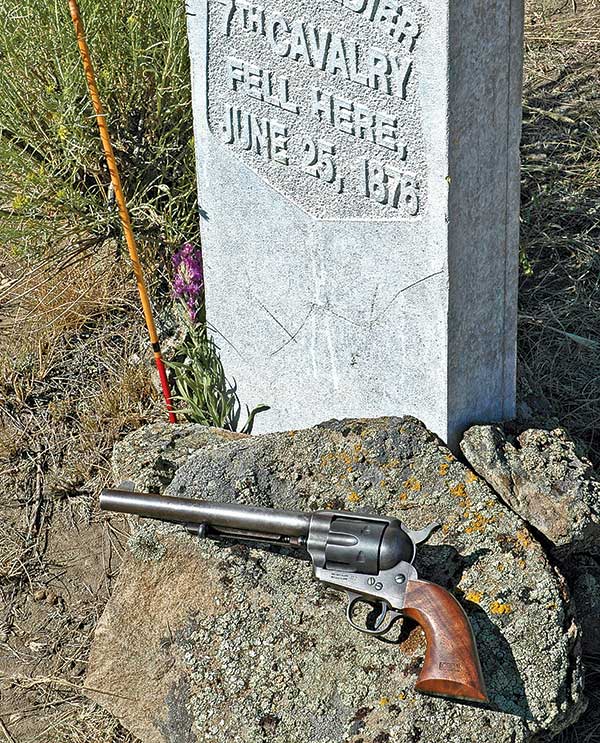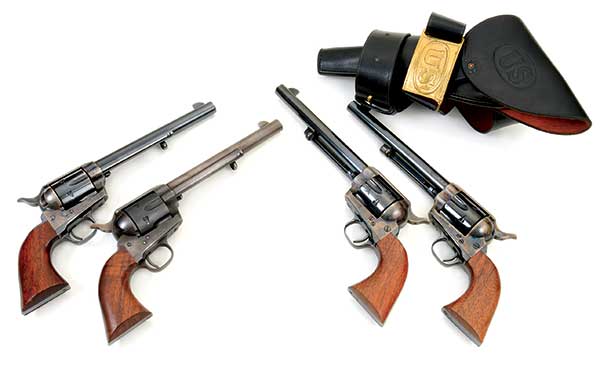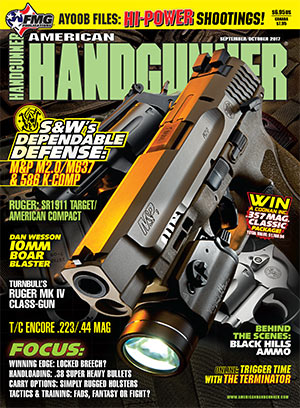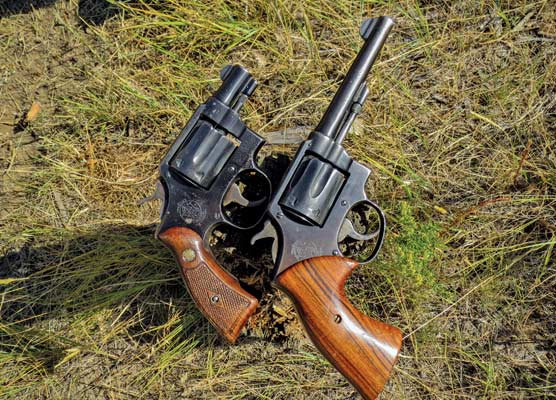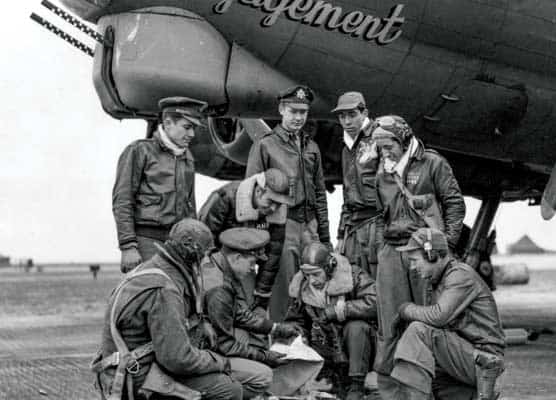Little Bighorn Colt SAA's
His Editorship, Roy, emailed me concerning a forthcoming auction item he had seen advertised. It is listed as the only completely intact Colt SAA .45 documented to have been at the Battle of the Little Bighorn. If some genie popped out of a bottle and told me I could have any one gun in existence, it would be that Colt .45.
How exactly can a firearm be verified positively as having been at a battle? There are two methods. It can be listed by serial number on official documents or it can be tested forensically by firing pin marks. In the 1980’s archaeologists performed three digs at the Little Bighorn Battlefield recovering thousands of battle-related artifacts. Using firing pin evidence on recovered cartridge cases it has been proven no fewer than 29 Colt .45 revolvers were fired during the fight.
Here’s some heavily researched material from the book Colt Cavalry & Artillery Revolvers by Kopec and Finn. When the 7th Cavalry’s 12 companies rode into that valley, 632 Colt .45 government-owned handguns were with them. When the remnants of the 7th left a few days later, 302 of those revolvers were absent. Kopec and Finn feel perhaps 252 were captured by Sioux or Cheyenne warriors or were lost on the field. Another 50 were destroyed by the soldiers. They were disassembled and the parts strewn to the four winds. Why? They had been carried by troopers killed or wounded. The surviving 7th’s troopers were already overburdened horse soldiers. There was no way to pack extra equipment and they certainly didn’t want operable weapons falling into Indian hands.
Battlefield Visit
For over 50 years I’ve been an avid student of that US Cavalry trooper versus Indian warrior fight in June, 1876. Interest in it consumed me to the point at age 19 I drove from my native West Virginia to Montana in order to walk the battlefield. In the process I discovered the state where I would live almost all of my adult life. Naturally, the museum there contained artifacts pertaining to the battle, with my interest focusing on the weapons. The enlisted troopers were all armed with Colt SAA .45’s with 71/2″ barrels and US Model 1873 “trapdoor” .45 Gov’t carbines.
It became my quest to own such guns. That happened a few years later with a late 1870’s vintage “trapdoor” carbine. I still have it. It never did happen with a US Colt .45, and counts as perhaps my lifetime’s only gun quest failure.
I never was able to collect a sufficient amount of bucks to pay for one. Trapdoor rifles and carbines were made to the tune of over 600,000. Conversely, the US Government only bought 37,000 Colt SAAs and then around the turn of the 19th/20th centuries they refurbished most still in stock, numbering about 20,000. The process included cutting their 71/2″ barrels to 51/2″.
Where did the other 17,000 or so go? Some were surely worn out. Many others were stolen. If memory serves me correctly soldiers were charged the government’s price for “losing” their issue revolver. That figure was $13.50. In the early days of Colt’s SAA civilians were willing to pay $50 to get one. With a private soldier’s pay at $13 a month it’s easy to see what happened to many.
Making Do
The Colt .45 Roy informed me about evidently was not forensically tested for having been fired at the Little Bighorn but was documented in a report by Capt. Frederick Benteen as having been with his Company D. It was one of three reported as damaged in the fight and eventually just disappeared from government hands. The authors of “Colt Cavalry & Artillery Revolvers” were privileged to examine this specific Colt in preparation for their book. They report it as being serviceable mechanically but with deep areas of corrosion likely caused by blood.
Not finding original US Colts affordable, I hunted up substitutes. The first was in 1975 with a beat-up 1880’s .38-40 rebarreled and recylindered to .45. The hunt ended in 2005 with a US Firearms Company (now defunct) Custer Battlefield model aged to look just like the one in the battle museum. It even has 1876 for a serial number.
In between I ordered one in 1984 directly from Colt with the so-called black powder frame and wore it on the 1986 horseback re-ride of the 7th Cavalry’s trail the day of their fight. In 1975 Colt released 2,002 Peacemaker Centennial .45’s as commemoratives. They exactly duplicated US Colts. One of those eluded me until in the 1990’s when I landed two. I’ve shot them all extensively.
By the time you read this the auction will have been long over. Did I bid on the Colt? With the predicted selling price being between $175,000 and $275,000 no gun’riter of my acquaintance bought it. (Editor’s note: It sold for $460,000! RH)

